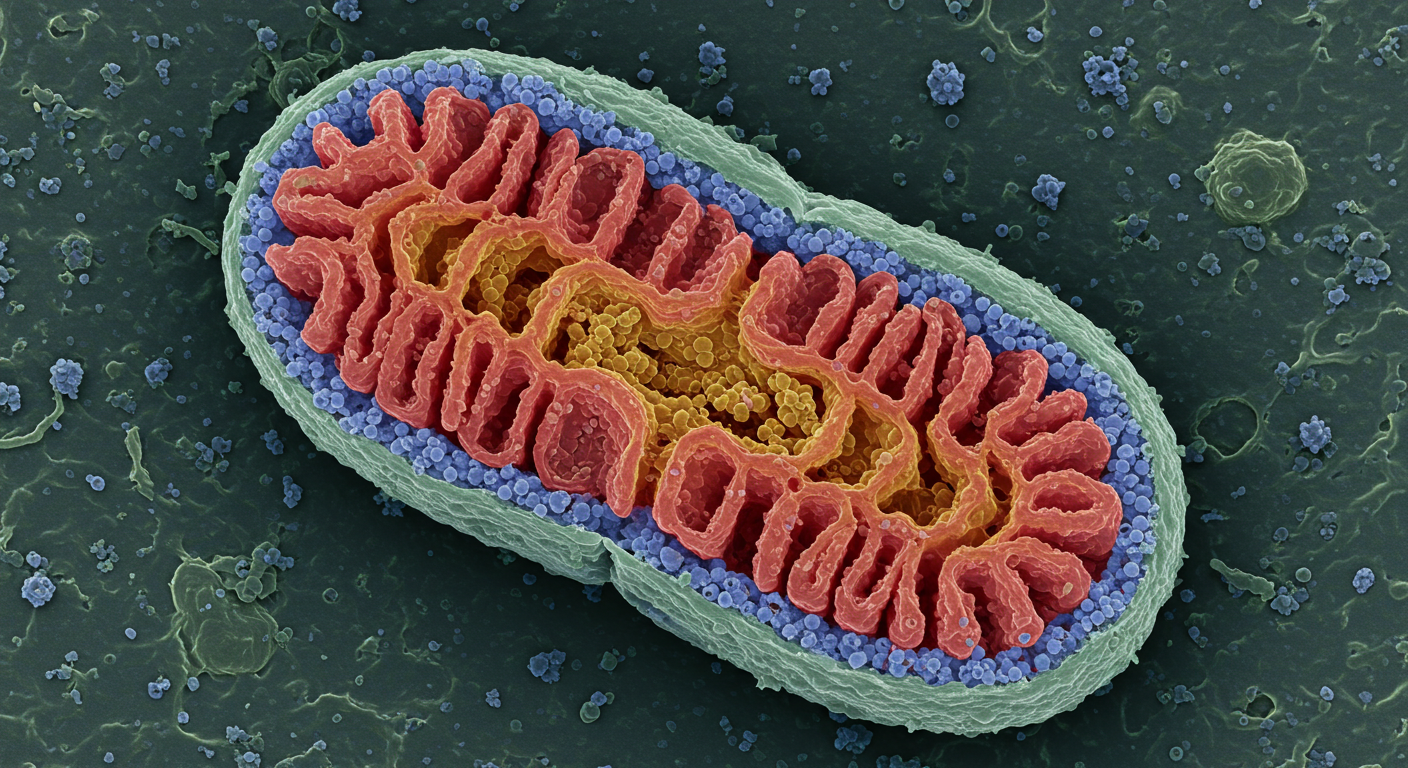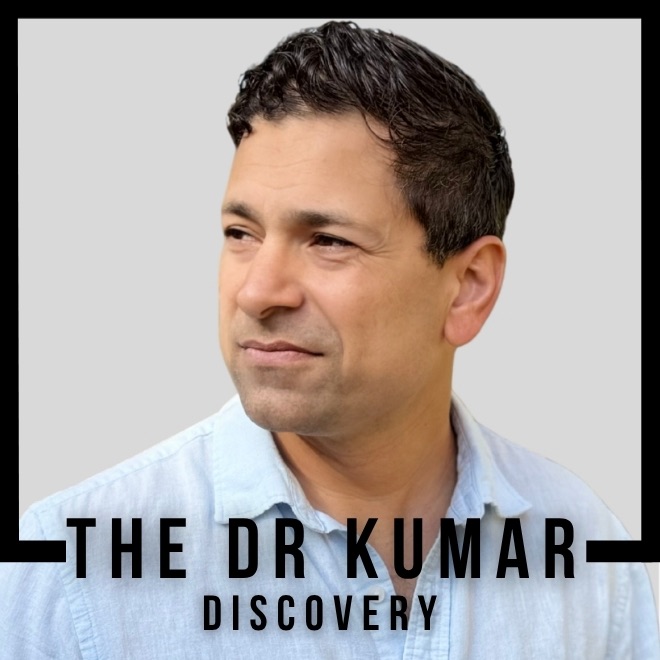Dr. Kumar’s Take:
This large-scale study in animals, muscle cells, and older adults gives compelling evidence that vitamin D directly improves muscle energy production by boosting mitochondrial function. It does this through its receptor in muscle cells. Supplementation helped older adults gain muscle and strength, making it a powerful tool for preventing age-related muscle loss and fat gain—also known as sarcopenic obesity. If you’re over 60 and vitamin D deficient, this is a call to check your levels and talk to your doctor about supplementation.
Key Takeaways:
✔ Vitamin D deficiency reduces energy expenditure and promotes fat gain in aging muscles.
✔ Vitamin D supports mitochondrial function by increasing ATP production and oxidative capacity in muscle.
✔ Older adults who supplemented vitamin D gained muscle mass and grip strength over 6 months.
✔ Muscle-specific vitamin D receptor (VDR) plays a key role in energy production.
Actionable tip:
If you’re over 60, ask your doctor to check your 25(OH)D levels. If you’re deficient, supplementing with vitamin D may help support your muscle strength and energy metabolism.
Brief Summary:
This 2022 study explored how vitamin D affects muscle energy metabolism in aging. Researchers studied vitamin D-deficient old rats, old mice, and human muscle cells. They also tested older adults given vitamin D supplements. The findings showed that vitamin D boosts mitochondrial activity in muscles—leading to better energy use, improved muscle mass, and reduced fat accumulation. In vitamin D-deficient older adults, supplementing with vitamin D for 6 months increased muscle size and grip strength.
Study Design:
The study combined multiple experiments:
- Animal studies: Old rats and mice were fed vitamin D-deficient diets for 9–14 months.
- Cell experiments: Mouse and human muscle cells were treated with 1,25-dihydroxyvitamin D3 to test changes in mitochondrial function.
- Human observational study: 31 men (young and old) had their resting energy expenditure (REE) and vitamin D levels measured.
- Human supplementation trial: 115 vitamin D-deficient older adults received 10,000 IU of vitamin D3 three times a week for 6 months.
Researchers also created transgenic mice with muscle-specific deletion of the vitamin D receptor to isolate its role in muscle function.
Results:
- In rats and mice: Long-term vitamin D deficiency lowered mitochondrial respiration and energy output in muscle. It also increased body fat despite no change in food intake.
- In muscle cells: Treatment with active vitamin D boosted activity of mitochondrial complexes I–IV and increased gene expression linked to energy production.
- In humans: Higher vitamin D levels were associated with greater resting energy expenditure. Vitamin D supplementation in older adults led to significant increases in muscle mass and grip strength.
- In transgenic mice: Deleting the VDR in muscle caused a decline in mitochondrial gene expression, enzyme activity, and energy metabolism—confirming vitamin D’s direct effect via its receptor.
How Vitamin D Affects Muscle Energy and Aging
Vitamin D plays a key role in how your muscles produce and use energy. It does this by turning on genes inside the mitochondria—your cells’ power plants. Without enough vitamin D, your mitochondria slow down, leading to weaker muscles, lower energy, and increased fat storage. This study shows that vitamin D doesn’t just help bones—it’s essential for keeping your muscles strong and metabolically active as you age.
Related Studies and Research
Global Prevalence of Vitamin D Deficiency: A Meta-Analysis – Contextualizes muscle studies within global deficiency rates.
Role of Vitamin D in Modulating Skeletal Muscle Mitochondrial Function Related to Sarcopenia – Demonstrates how D status influences muscle energy metabolism.
Obesity-Induced Repression of CYP2R1 and Vitamin D Deficiency Mechanisms – Links metabolic dysfunction to low muscle D uptake.
AJCN Estimation of Optimal Serum 25(OH)D Levels for Multiple Health Outcomes – Recommends D targets for preserving muscle function.
Vitamin D Deficiency: Clinical Review by Michael F. Holick, MD, PhD – Reviews musculoskeletal effects of deficiency in aging.
Frequently Asked Questions
How does vitamin D help with muscle energy?
Vitamin D activates genes in the mitochondria, helping your muscle cells produce more energy (ATP). This supports strength, metabolism, and fat burning.
What form of vitamin D is active in muscle?
The active form is 1,25-dihydroxyvitamin D3, which binds to the vitamin D receptor (VDR) inside muscle cells. This is what drives the energy-related effects.
How much vitamin D was used in the human trial?
Participants took 10,000 IU of vitamin D3 three times per week for 6 months.
Can vitamin D really help me gain muscle?
If you’re deficient, yes. This study showed improved muscle mass and grip strength in older adults after vitamin D supplementation.
Conclusion
This study adds strong evidence that vitamin D is more than a bone vitamin—it’s crucial for muscle energy and strength, especially in aging. By supporting mitochondrial function, vitamin D may help prevent sarcopenia and related fat gain. Regular testing and supplementation in older adults could be a low-cost, high-impact strategy for maintaining muscle health.


